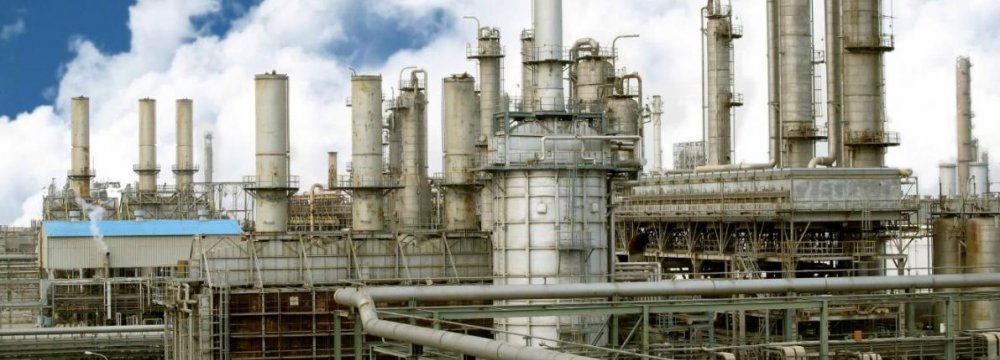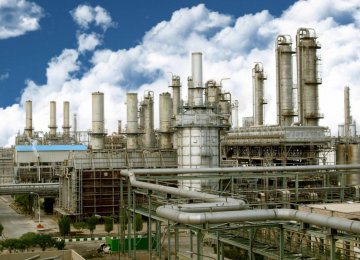The government along with the parliament has proposed 3 formulas to determine the long-run price of petrochemical feedstock, though the oil ministry believes that a joint meeting with petrochemical companies will end up easing the process to set the price for the next 10 years, and that there is no need to take back the issue to the parliament, SHANA quoted the deputy petroleum minister for petrochemical affairs Abbas She’ri Moqaddam as saying.
“Adjusting the feedstock price annually in accordance with the return on investment for every specific commodity is one of the formulas,” She’ri Moghaddam said.
Based on the previous parliament’s approval, the price for every cubic meter was set to 13 cents. Another formula advised by the parliament seeks to modify the price per annum in compliance with the crude oil price, which is not somehow reasonable since with the emergence of shale gas, there is no longer a straight correlation between gas and oil.
Shale gas is natural gas that is found trapped within shale formations. Shale gas has become an increasingly important source of natural gas in the United States and Europe since the start of this century, and interest has spread to potential gas shales in the rest of the world. In 2000 shale gas provided only 1% of US natural gas production; by 2010 it was over 20%.
And finally, the third approach to determine the feedstock price is to adjust the price annually based on the global price of natural gas.
Preventing Rent
“The private sector has expressed interest in the idea of declining feedstock prices for the petrochemical complexes, while the government is focused on setting a reasonable price and prevent economic rent in this sector,” She’ri Moghaddam added.
Considering the price of gas exported to Turkey last year, as well as the price of gas delivered to Iranian petrochemical industry—which was 3 cents at the time—the oil ministry has offered 25 cents for 1 cubic meter of gas. But petrochemical companies refused to accept the price and have proposed 7 cents for 1 cubic meter. Since the ministry and petrochemical industry failed to reach an agreement, the issue has been referred to the parliament.
“If petrochemical companies had kept the case out of the parliament, we could have come to a conclusion to deal on 10 cents for 1 cubic meter of gas delivered to the petrochemical complexes in Iran,” She’ri Moghaddam stated, adding that the parliament interference made the oil ministry announce the 13-cent price, while petrochemical firms have argued against the idea.
Petrochemical companies have challenged gas prices for big industries including steel manufactures, which is set at about 4 cents, while the petrochemicals were supposed to pay 13 cent for the same thing.
As the tension escalated, the price was set on 13 cents for gas feed and 1,320 rials for fuel gas.
It may take 4 to 5 years to design and launch a petrochemical complex; he pointed out and declared that currently, the government and the parliament are committed to determine long-run feedstock prices.
As the report said, Oil Minister Bijan Namdar Zangeneh recently met with petrochemical companies to discuss the feedstock price. “If producers keep their promise, a reasonable price will be set within 15 to 20 days,” Zangeneh added.
Zangeneh also stressed that the ministry has geared up to determine the price for the next 10 years to help the domestic industry keep up with the global turbulences in petrochemicals commodities.





